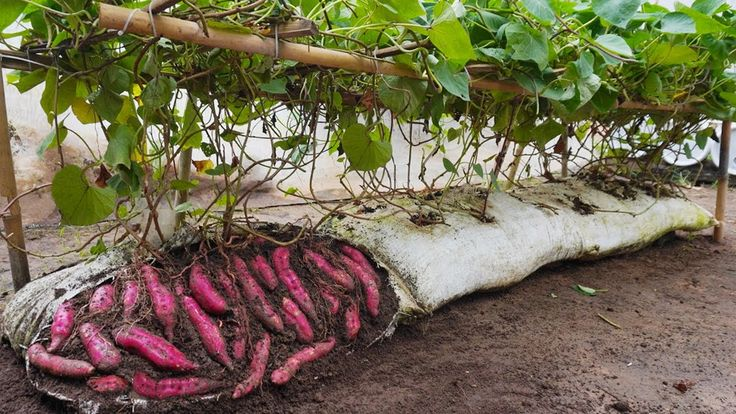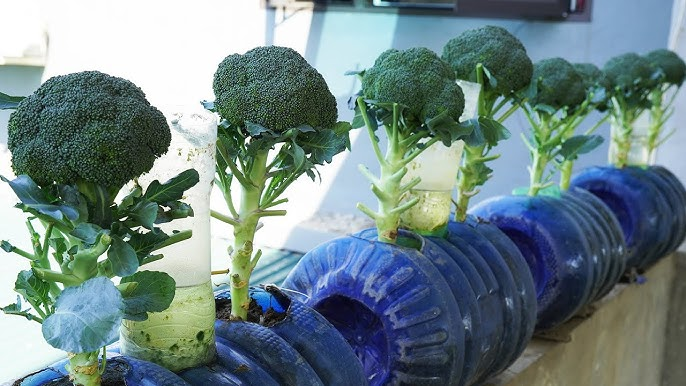As winter fades and daylight stretches a little longer, nature signals the start of a new growing season. Spring is more than just a beautiful time—it’s an opportunity to awaken your garden and fill it with life, flavor, and color.
Whether you’re new to gardening or returning with muddy boots and years of experience, this season brings endless possibilities. From hardy root vegetables to exotic herbs, this complete guide will help you transform your space into a thriving, delicious oasis.
🌼 Outline: Part 1 – Preparing and Planting Your Spring Garden
Total Words: ~1000
1. Introduction to Spring Gardening (150 words)
- Emotional and practical benefits
- Why spring is the best season to start
2. Soil Preparation and Garden Planning (200 words)
- Testing and enriching soil
- Layouts and spacing
- Choosing between beds, containers, or in-ground planting
3. Top Root Vegetables to Grow (200 words)
- Potatoes and sweet potatoes
- Carrots, beets, radishes, parsnips
- Tips for planting and care
4. Leafy Greens and Brassicas (200 words)
- Lettuce, chard, kale, cabbage, broccoli
- Timing and sun exposure
- Interplanting for optimal use of space
5. Climbing Plants and Heavy Producers (250 words)
- Beans: bush vs. runner
- Squash and zucchini: pest protection
- Tomatoes: staking, variety selection, watering tips
🌱 Introduction: Why Spring is the Time to Start Planting

The gentle breeze, warmer temperatures, and longer days all point to one thing—it’s time to plant. Spring is the perfect moment to connect with nature, reduce stress, and grow your own food. The beauty of gardening lies not just in the final harvest, but in the quiet moments of care and observation.
With each seed sown, you’re cultivating more than crops—you’re nurturing self-reliance, health, and a deeper connection to the earth.
🛠️ Soil Preparation and Smart Garden Planning
Your garden’s success starts with the soil. Here’s how to prepare it for a season of abundance:
- Clear the area: Remove weeds, stones, and any leftover winter debris.
- Test the pH: Aim for a neutral range (6.0–7.0). Adjust with lime or sulfur if needed.
- Add compost: Blend in organic matter to improve fertility and drainage.
- Choose your layout:
- In-ground beds are best for larger spaces.
- Raised beds warm up faster and offer better drainage.
- Containers suit balconies and patios.
🌿 Tip: Plan your layout to ensure tall plants don’t shade smaller ones. Rotate crops each year to avoid soil fatigue.
🥔 Rooted in Tradition: Vegetables Beneath the Soil
Root vegetables are spring’s underground stars. Here are top picks for your spring garden:
🥔 Potatoes and Sweet Potatoes
- Potatoes thrive in cool soil and are easy to grow in bins or trenches.
- Sweet potatoes prefer warmth and need space to sprawl, making them ideal for large containers or open plots.
🥕 Carrots, Beets, Radishes, Parsnips
- Carrots love loose, well-tilled soil.
- Beets offer edible roots and leaves.
- Radishes mature in just a few weeks—perfect for beginners.
- Parsnips take longer but develop a rich flavor with cool weather.
🌱 Sow seeds directly into the soil in early spring, and thin out seedlings for the best results.
🥬 Leafy Greens and Cool-Weather Brassicas
Spring is the sweet spot for cold-tolerant greens that bolt quickly in the summer heat.
🥬 Lettuce
- Comes in many varieties—leaf, butterhead, romaine
- Grows fast and can be harvested young for salads
🌈 Chard
- Offers colorful stems and tender leaves
- Grows well even through temperature swings
🥦 Brassicas: Broccoli, Kale, Cauliflower, Cabbage
- These hardy crops take time to mature but are worth the wait.
- Interplant them with fast growers like radishes to maximize bed space.
🍃 Tip: Space plants well to allow air circulation and prevent fungal diseases. Mulch around their base to keep weeds at bay.
🍅 The Climbers and Heavy Producers
A garden’s visual interest and harvest potential skyrocket when you add vertical crops and prolific producers.
🌿 Beans: Bush vs. Runner
- Bush beans: Short, quick to grow, perfect for pots.
- Runner beans: Climb tall with support, yield more over time.
Stake them early to avoid damaging roots later.
🎃 Squash and Zucchini
- Easy to grow, high-yield plants
- Use a trap crop like blue hubbard squash nearby to draw pests away.
Water at the base to prevent powdery mildew on leaves.
🍅 Tomatoes
- Come in determinate (bushy) and indeterminate (vining) types.
- Start indoors or buy seedlings; plant deep for strong roots.
- Provide cages or stakes for support and better airflow.
☀️ Tip: Tomatoes need full sun and consistent watering. Mulch around them to retain moisture and reduce splash-up that causes blight.
👉 Part 2 will continue with:
- Sunflowers and Companion Flowers
- Herbs and Exotic Additions (Ginger & Turmeric)
- Benefits, Common Mistakes, and Seasonal Tips
- FAQs + Conclusion
Anchor Text: Best Vegetables to Plant in Spring
URL: https://www.parkseed.com/blog/15-best-vegetables-to-plant-in-spring
Description: This comprehensive guide offers insights into selecting the most suitable vegetables for spring planting, catering to both novice and experienced gardeners.
Anchor Text: Companion Planting Guide for Vegetable Gardens
URL: https://www.almanac.com/companion-planting-guide-vegetables
Description: This resource provides detailed information on companion planting, helping gardeners optimize plant pairings for improved growth and pest control.Real Simple+2The Spruce+2Almanac.com+2
Anchor Text: 10 Essential Spring Gardening Tasks
URL: https://www.provenwinners.com/learn/early-spring/10-essential-spring-gardening-tasks
Description: This article outlines key tasks to undertake in early spring, ensuring a healthy and productive garden throughout the growing sea


buy amoxicillin no prescription – comba moxi amoxicillin pills
buy diflucan online – where can i buy diflucan forcan buy online
cenforce 50mg sale – https://cenforcers.com/# cenforce tablet
how much does cialis cost at walgreens – https://ciltadgn.com/# cialis effect on blood pressure
cialis san diego – https://strongtadafl.com/ buy cialis cheap fast delivery
ranitidine 300mg sale – https://aranitidine.com/ zantac cheap
50mg of viagra – https://strongvpls.com/ viagra ice cream to go on sale at selfridges
The sagacity in this ruined is exceptional. https://buyfastonl.com/furosemide.html
This is the make of advise I turn up helpful. https://gnolvade.com/
This is a topic which is in to my heart… Myriad thanks! Faithfully where can I notice the phone details due to the fact that questions? https://ursxdol.com/get-metformin-pills/
This is the make of enter I turn up helpful. https://prohnrg.com/product/get-allopurinol-pills/
This is a keynote which is forthcoming to my verve… Diverse thanks! Quite where can I upon the contact details an eye to questions? this
Thanks on putting this up. It’s understandably done. https://ondactone.com/spironolactone/
The thoroughness in this section is noteworthy.
buying tetracycline online
This is the big-hearted of writing I rightly appreciate. http://www.underworldralinwood.ca/forums/member.php?action=profile&uid=488146
forxiga 10 mg cost – buy dapagliflozin for sale forxiga 10mg generic
order xenical online – buy xenical without prescription purchase orlistat online
This is the amicable of serenity I have reading. http://zgyhsj.com/space-uid-979376.html
You can shelter yourself and your family by way of being alert when buying medicine online. Some pharmacy websites control legally and offer convenience, privacy, bring in savings and safeguards over the extent of purchasing medicines. buy in TerbinaPharmacy https://terbinafines.com/product/arimidex.html arimidex
Proof blog you possess here.. It’s obdurate to on elevated calibre writing like yours these days. I honestly appreciate individuals like you! Go through guardianship!! propecia repousse
This is the stripe of serenity I enjoy reading.
https://t.me/officials_pokerdom/3726
https://t.me/iGaming_live/4869